Secrets of teaching a dog to command "Aport"

Sorting is not your ordinary wand game. It means so much more. It is a skill that is an important part of the overall dog training course. For most pets, this command is not very difficult. However, owners should take the time and patience to train the dog. Before starting training, you should learn some of the rules, which will be discussed in this article.
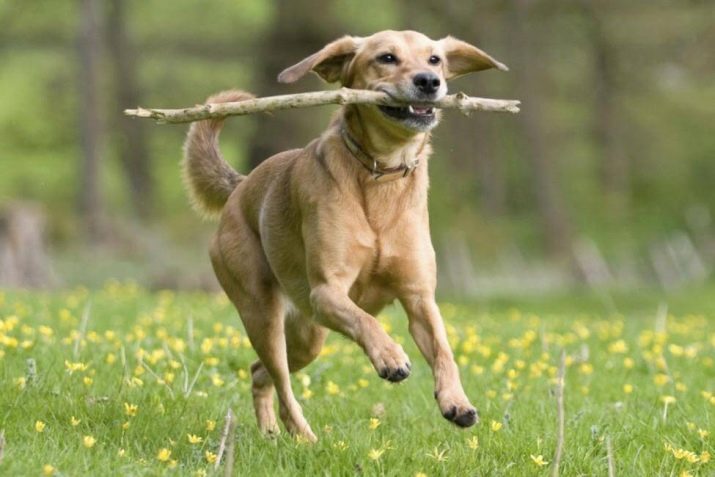
Command value
The general course of training implies a clear implementation of several points.
- Command the dog: "Sit!" It should fit appropriately around the owner's left leg.
- Show the object to the dog and throw it at least 10 meters. She shouldn't run after him without a command.
- 10 seconds after the throw, extend your hand towards the thrown object, palm down and at the same time command: "Aport!"
- The four-legged friend must run after the object, pick it up, turn around, run back to the owner and again take a sitting position on the left side of the trainer.
- After 15 seconds, command: "Give!", The pet allows the owner to pick up the object.
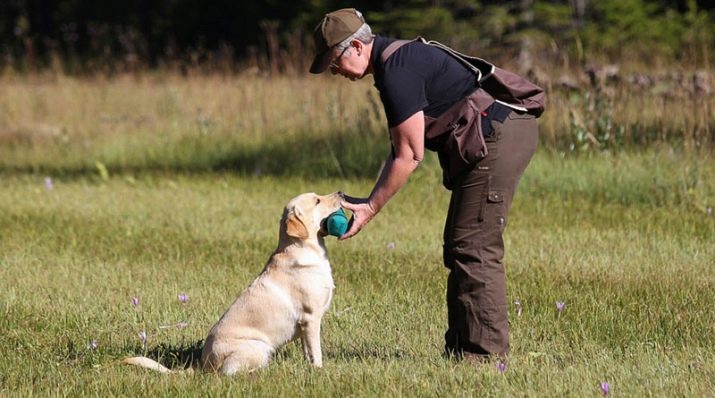
The training is considered complete if the animal:
- does not move before the team;
- does not gnaw, does not break the picked up object;
- does not drop and does not give it to the command "Give!"
Note: for your pet to cope with the study of the command "Aport!", he must know what "Sit!", "To me!"
If you want the dog to follow the commands in accordance with all OKD standards, then training will take a lot of time and effort.
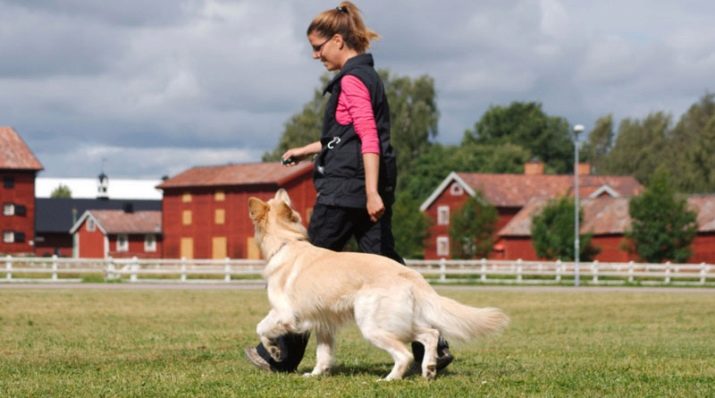
Skill requirement
The dog has a program in its genes: it must find and bring "prey" to its owner... Previously, the main purpose of the dogs was hunting: the owner shot the game, and the dog brought it. During crossbreeding, dog breeders tried to select only those representatives of a particular breed who brought prey on an instinctive level.
The purpose of the command "Aport!" is honing those instincts. Thanks to her, the dog will better navigate in space, train its sense of smell, hearing and sight, and better understand what the owner wants. The dog and the person build the relationship between action, gestures and voice, the pet trains endurance.
Team "Aport!" allows you to develop emotional, physical and cognitive abilities. In addition, the dog has the opportunity to throw out excess energy.
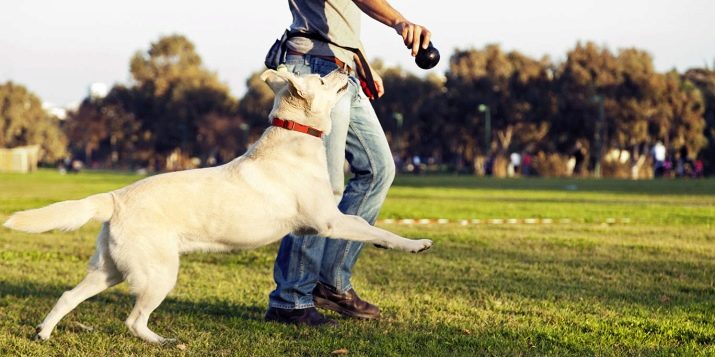
Training method
Every novice trainer, before starting training a dog, should understand for himself that training a pet should be done in stages. Each stage implies an explanation, bringing the action to automatism, daily repetition in order to consolidate the knowledge gained.
Before starting training, you should study the conditions below, which will contribute to the fastest achievement of the result.
- To learn a new command from scratch, special conditions are required. There should be no distractions affecting innate instincts in the training area, and there should be no other dogs nearby.
- The four-legged friend must be motivated: after each successfully completed command, you need to praise him, stroke him and give him a little treat. This technique will form an emotional bond between the handler and the dog. The dog will be motivated to follow all commands accurately to get the tasty treats.
- During the training of the pet, the person constantly interacts with him. The owner must clearly understand the stages and the result of training in order to explain them to the dog.
- Before training, clarify the boundaries of the skill. The owner should know what exactly should be encouraged with the treat, and the pet should understand what actions are required of him.

At this stage, experienced dog breeders recommend punishing the dog for incorrect execution of one or another command. Tugging with a leash, threatening intonation is allowed. As soon as the dog corrects the mistake, you must definitely praise him, give him some cookies.
- First, teach your four-legged friend how to execute the commands: "Sit!", "Come to me!", "Give!"
- The pet must know the canceling commands (for example, "Take a walk!"). Without them, the dog should not stop the action being performed.
When teaching your dog new commands the regime should be observed. Is always alternate between activities and rest. The second, in turn, should not be passive, otherwise the dog will lose its mental readiness for the next training.
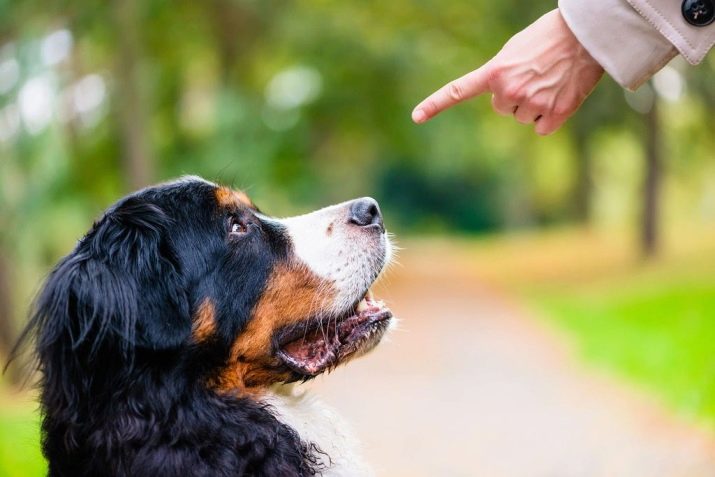
If all of the above points are met, you should proceed to the next stage, which implies the presence of several more sub-stages.
- If at the previous stage of training the dog could bring the object slowly, then at this step you should work on speed. The pet must run after the object and bring it back in the same way. Don't let him pay attention to distractions.
- Inexperienced owners often try not to scold a four-legged friend, especially if he is still a puppy. However, knowledgeable trainers argue that the number of punishments should prevail over the number of rewards in order for the pet to develop a clear desire to avoid them. But don't overdo it - it's important to maintain a positive emotional background.
- Avoid missing training days.
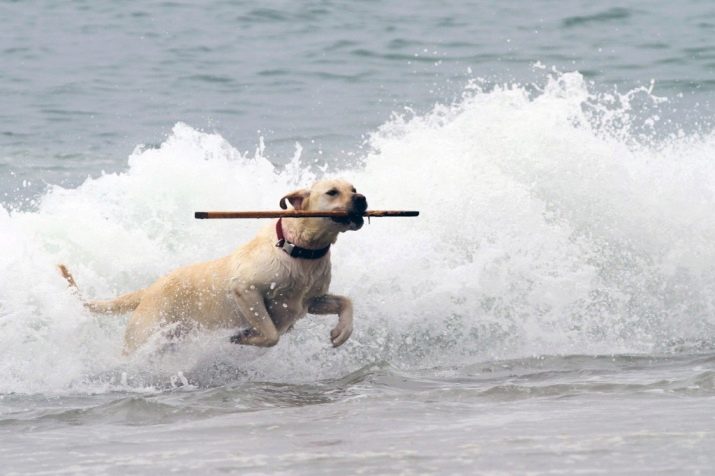
In the early days of learning a new command, you should resort to using a rope or leash. This way you can control the pet.
Please note that you should reduce the number of rewards every week.In the last stages of training, treats should be given only when the command is perfectly executed.
It is important to bring the skill to automatism. After the dog has learned a new command, it should be mixed with others, try to confuse the pet as much as possible. And only when the combination is correctly performed should he be praised and encouraged.
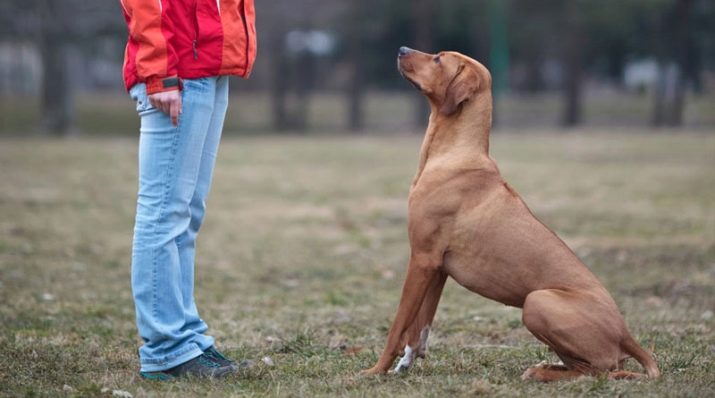
The choice of the aported item
Any object that the dog can easily take with his teeth is suitable for learning a new command. It doesn't have to be heavy. An excellent option would be a tennis ball, a flying disc, a plastic bottle (glass items are prohibited!). The bottle can be filled with sand for weight. The most common option is a regular stick.
During training fluffy objects should be avoided. Ideally, it should be smooth. The aported item needs in regular disinfection... It should last a long time and not cause discomfort to the dog.
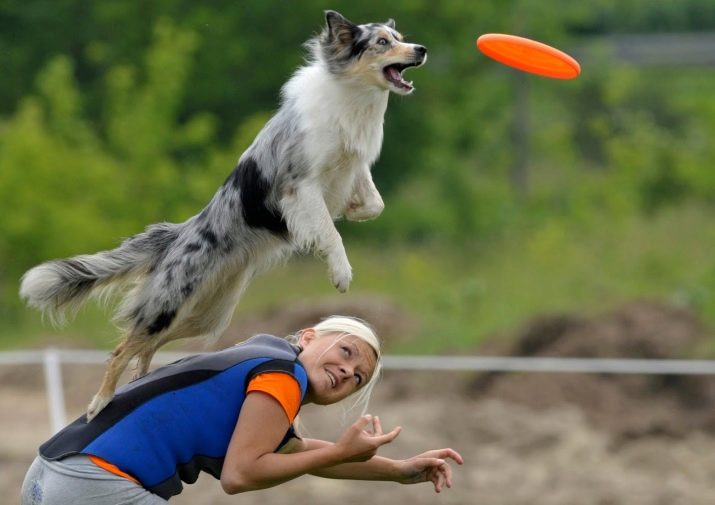
Once your pet has learned the command, you can start training with several items. They are needed so that the dog can find a certain object from several similar ones. He has to attract the dog. A four-legged friend must hold him tightly in his teeth and not let go until he hears: "Give!" If the dog does not show much enthusiasm and occasionally drops the object, then you should tease him by pulling the stick. This will make the dog clench his jaw tighter.
As soon as the dog has learned the command, the subject should be changed and the "Aport!" and "Give!" In most cases, the dog just starts playing with a new object.
To calm the pet, you should hide the product, wait a little and show it to the dog again.

Tracking
At the very beginning, the stick is thrown just a couple of meters from the bottom up. It is not recommended to throw at long distances until the dog establishes a logical connection with the object.
If at first the pet will walk around the stick, the trainer should lead him on a leash and point to it.
After the dog picks up the object, it should definitely be praised and treated with a treat.
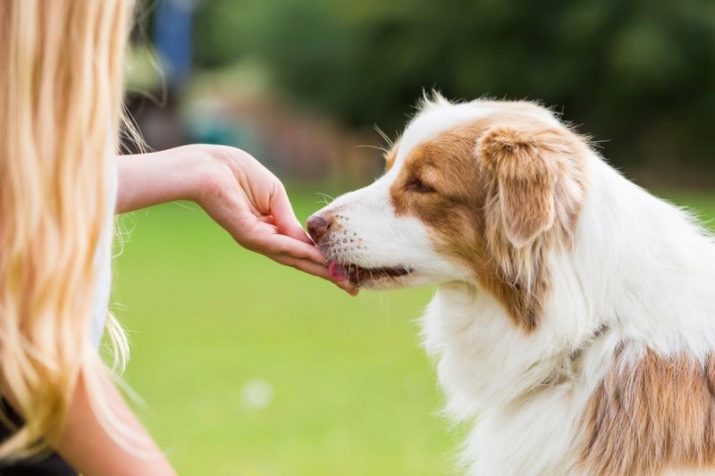
Useful Tips
It is worth training a four-legged friend, starting from his breed, temperament, performance and instincts. If the dog cannot master a new command for a long time, it is impossible to show aggression and nervousness. If you took up training, then you should be patient.
The duration of the lessons should be at least 60 minutes. Time depends on the size of the dog and its muscle mass. The first half hour, the pet will be most active because of the thirst for sweets. Then he simply eats up, the muscles get tired, begins to be distracted by extraneous factors. Therefore, at the initial stages of training, it is not recommended to "squeeze" all the strength out of the dog. She must understand that the command should be executed whether she wants to or not.

It is necessary to observe the line between physical control and physical punishment. You should act on the dog without aggression. Behavior can be controlled by periodically pulling the leash or pressing with your hands. It is forbidden to hit the pet. He must respect his master, not be afraid of him.
During breaks, you can play with your dog to reduce mental overload. Keep her awake while resting. The break must be active.
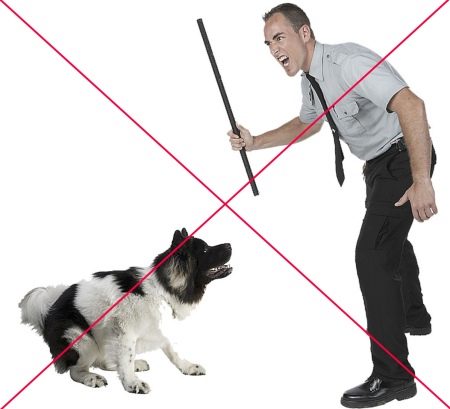
Self-training
In the modern world, many dog handlers offer services for training a dog, teaching its commands. This is especially useful if owners do not have enough time for classes.
However, all dog breeders recommend training the dog on their own, this solution has the following advantages:
- an emotional connection with a four-legged friend is created;
- the dog begins to perceive the owner as the leader of the pack;
- the owner identifies the dog's strengths and weaknesses.

Each team has core elements. In this case, it is the ability to hold an object in the mouth until the command "Give!"Self-study disciplines not only the dog, but also the owner. A person learns perseverance and patience.
Team "Aport!" important not only for hunting dogs, but also for ordinary companions. Periodic exercises help keep your pet in good shape, improve his thinking.
You will learn more about how to teach a dog the Aport command in the following video.






































